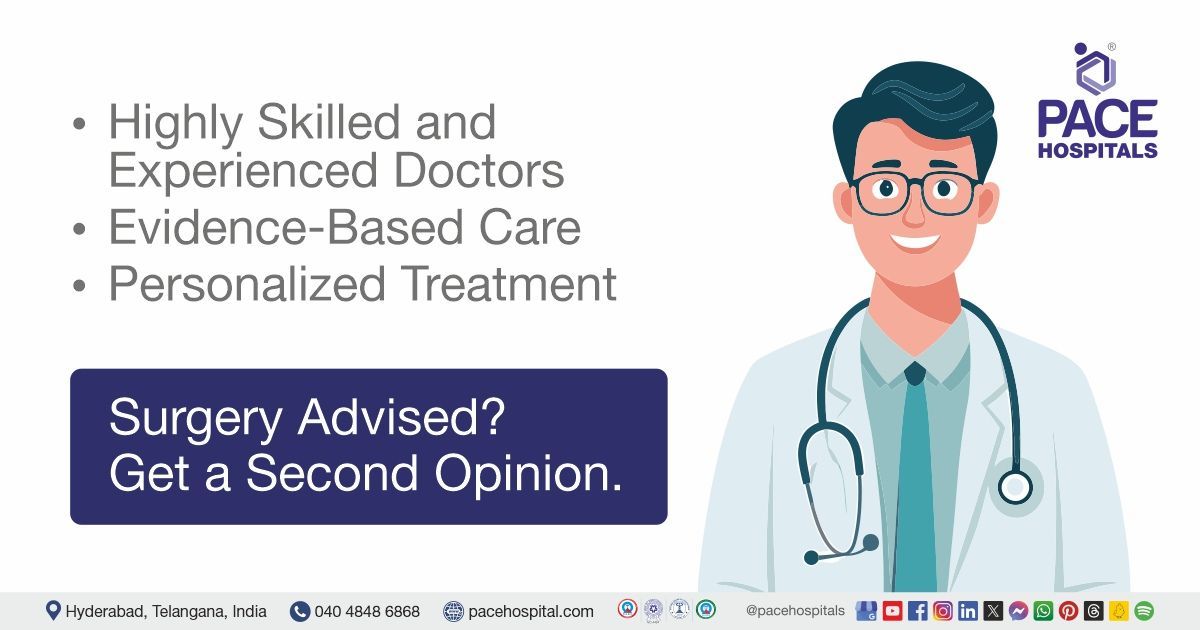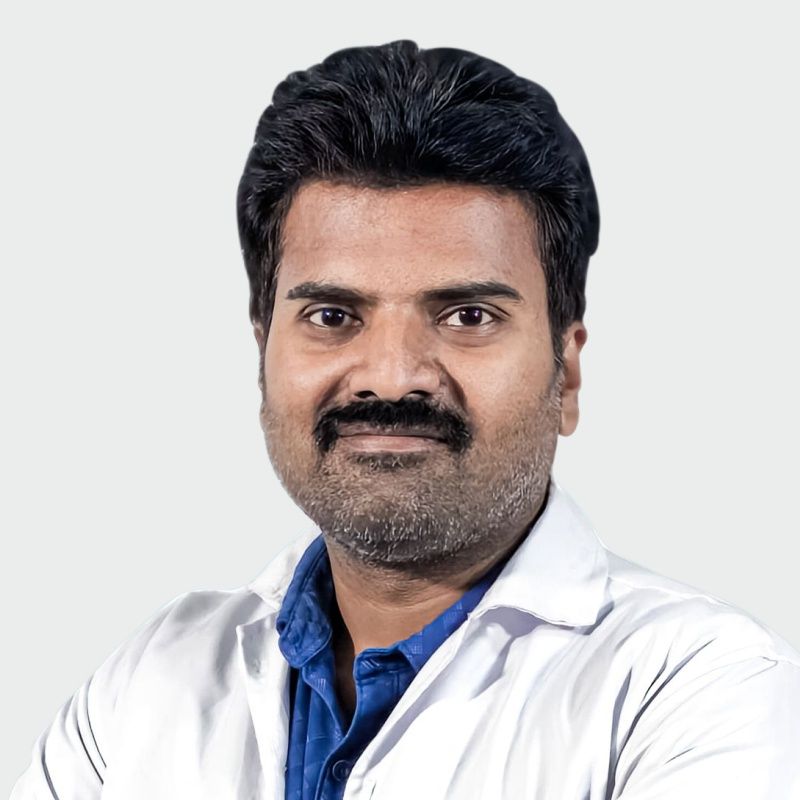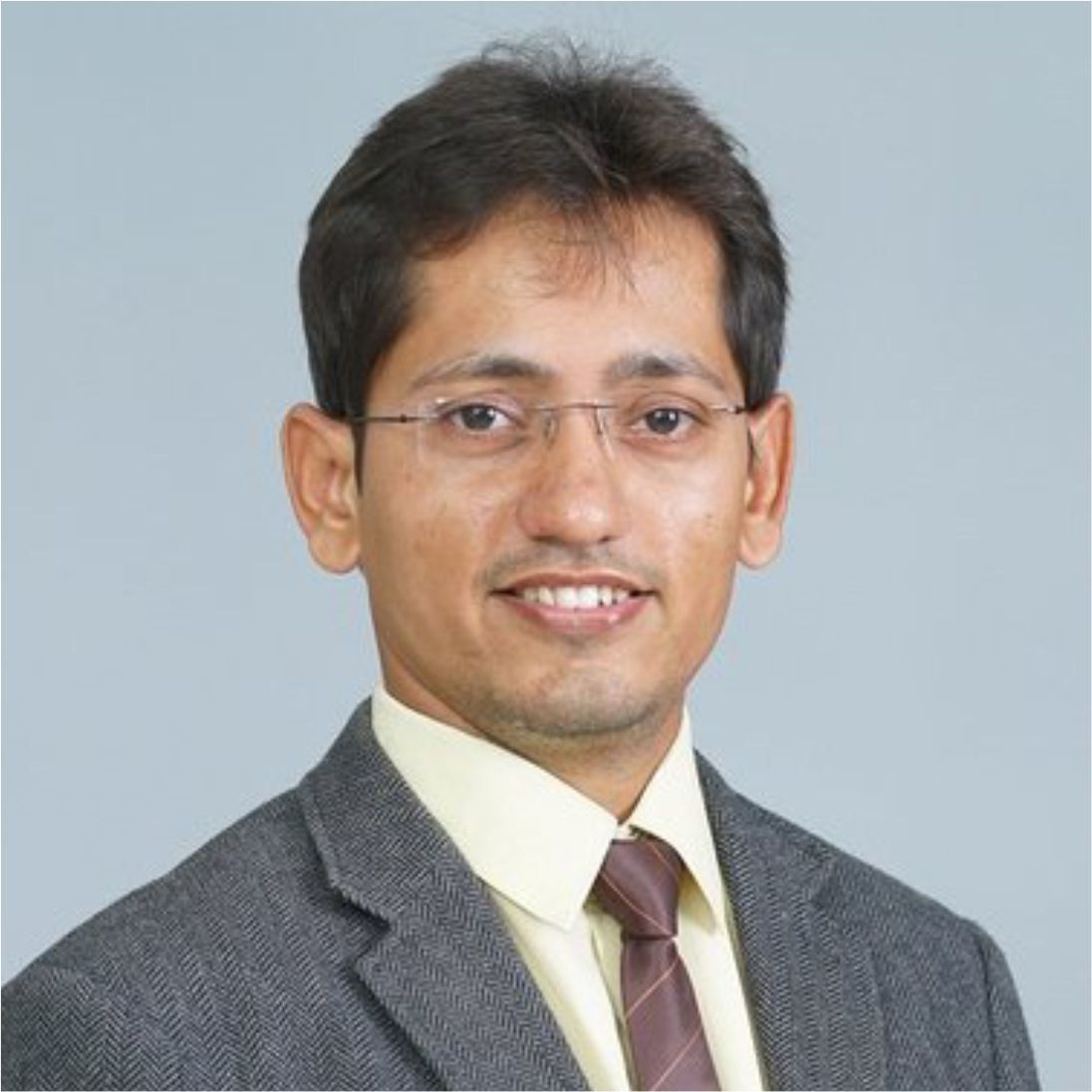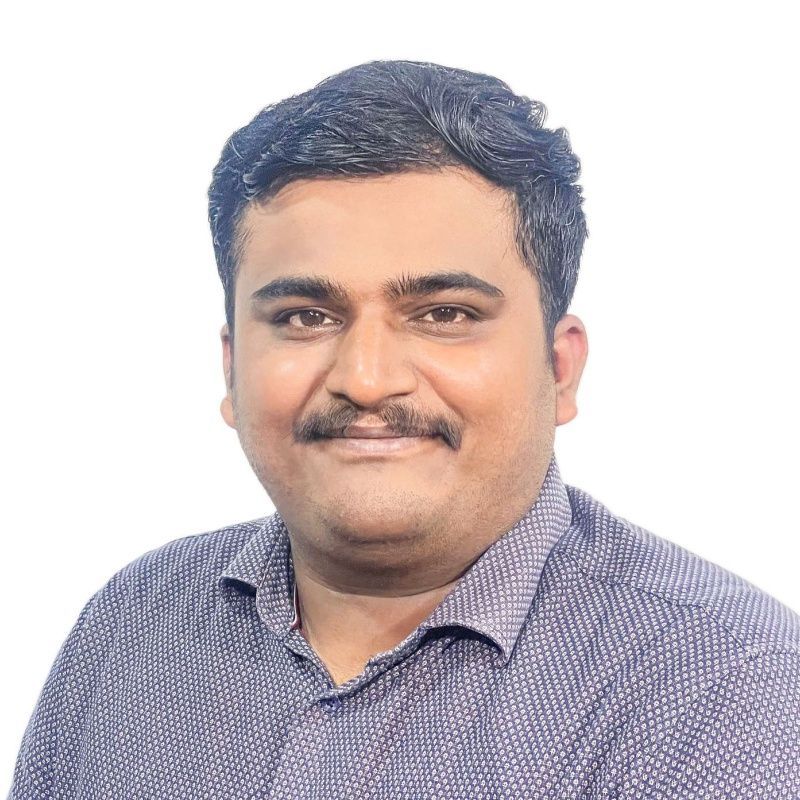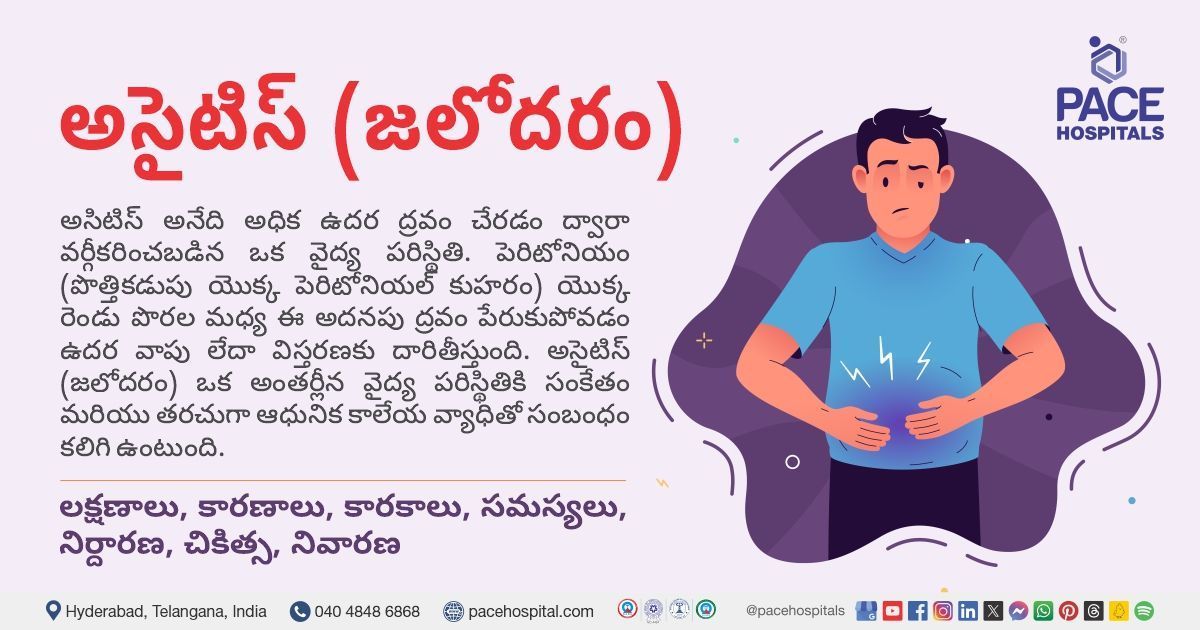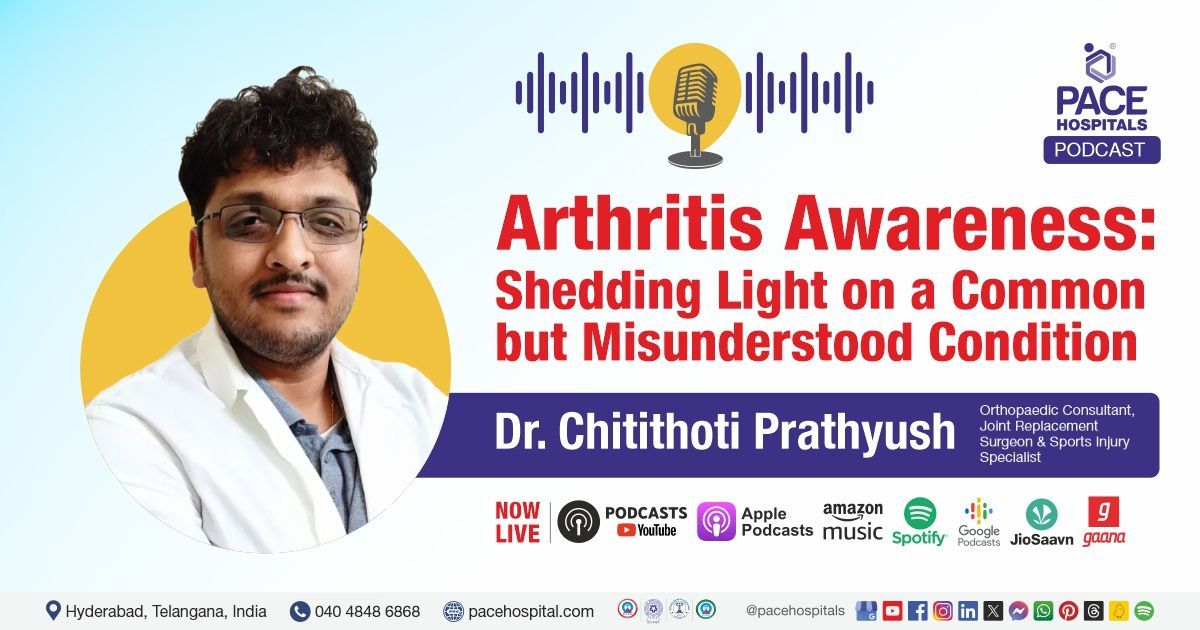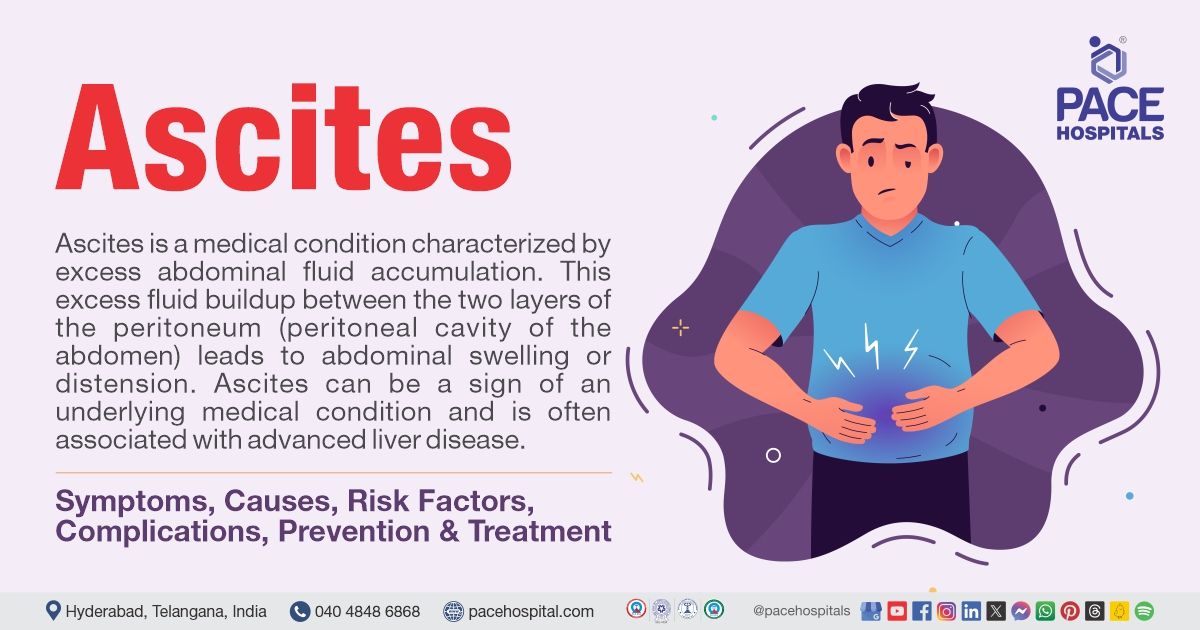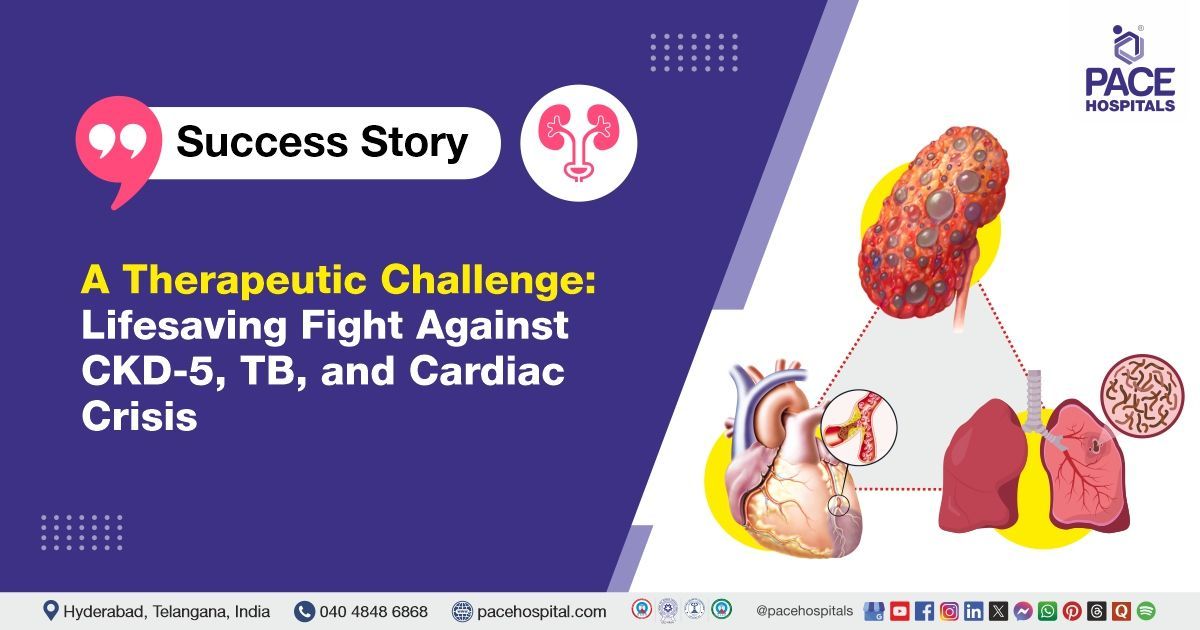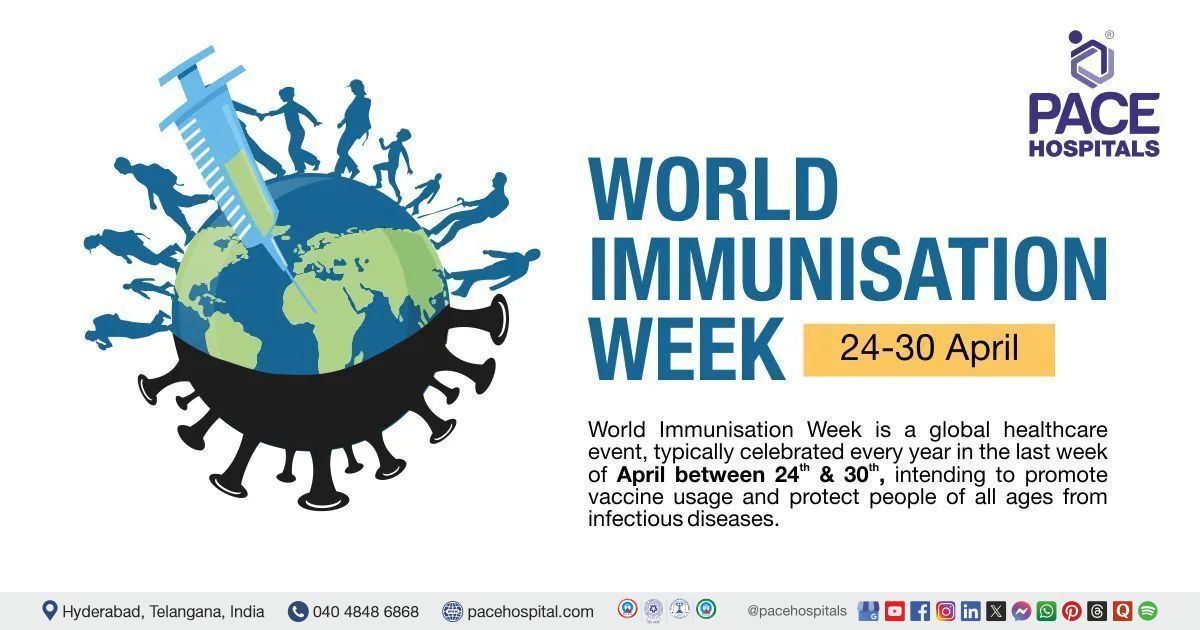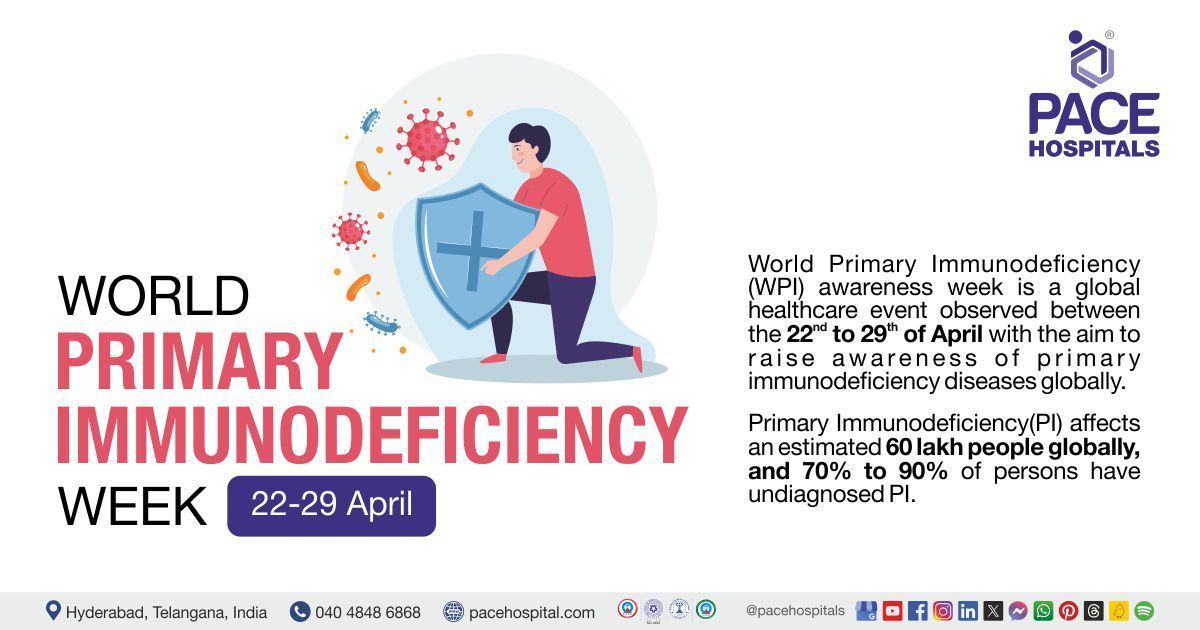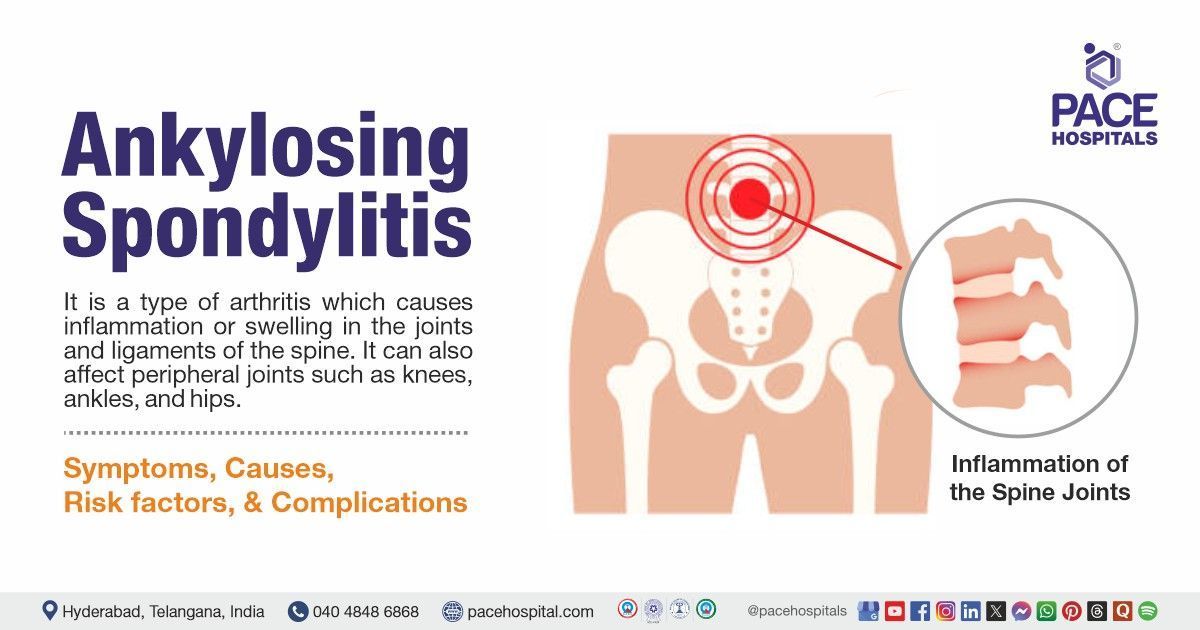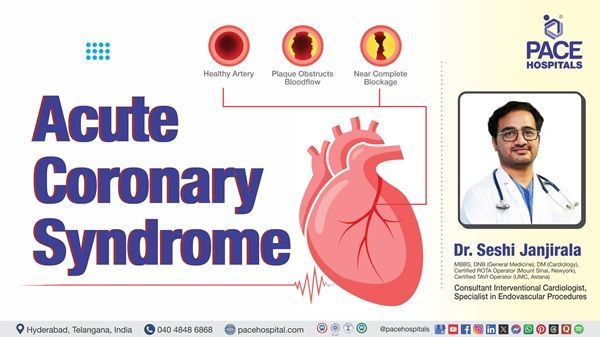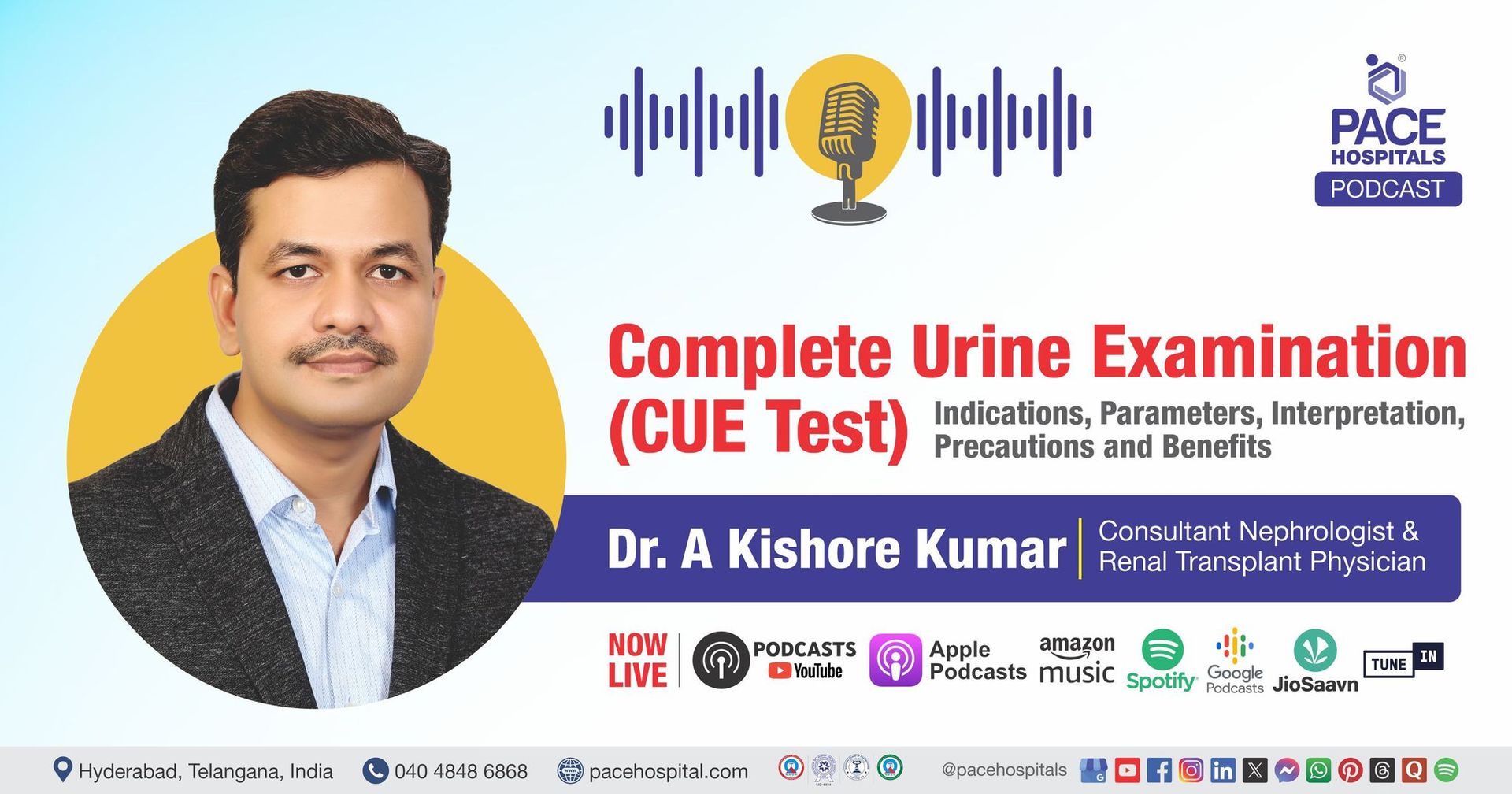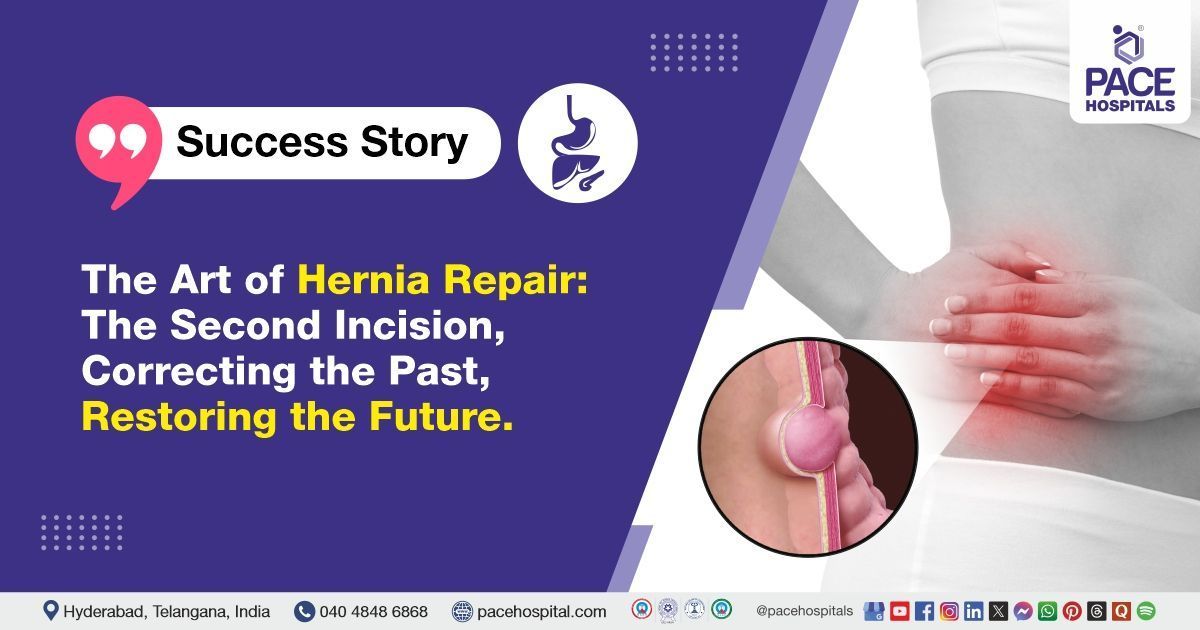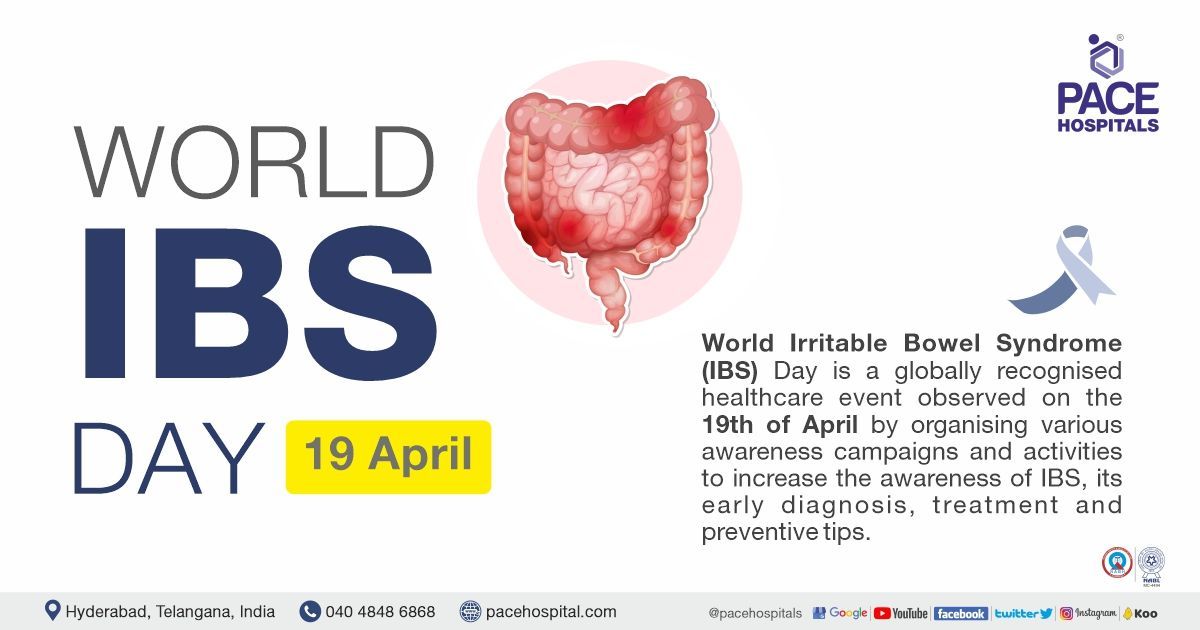Best Back Pain Specialist in Hyderabad for Back Pain Treatment
✅ Recommended by 8,925 Happy Patients. Get hassle-free appointments with back pain specialist doctor.
Dr. Raghuram
MBBS, DNB ORTHO, Fellowship in Joint Replacement and Arthroscopy, Fellowship in Shoulder and Upper limb, Sports medicine and Replacement
Experience : 10+ years
Orthopaedic Consultant, Trauma, Shoulder and Knee Arthroscopic Surgeon, Hip and Knee Joint Replacement Specialist
Specialist
Hip, Knee Joint Replacement and Robotics Surgeon; Complex Trauma and Polytrauma surgeon; Specialty in Knee, Shoulder, Elbow, Wrist and Ankle Keyhole Surgery; Specialist in Spine Problems and Deformities.
Expertise
- Back Pain Conditions: Poor posture, Straining or overusing the muscles in the back, Spondylolisthesis, Kyphosis, Scoliosis, Osteoarthritis, Cauda equina syndrome
- Bone Conditions: Fractures (broken bones), Osteoporosis (weakening of bones), Bone tumors (benign and malignant), Bone infections (osteomyelitis), Deformities (such as scoliosis)
- Joint Conditions: Arthritis (osteoarthritis, rheumatoid arthritis), Joint dislocations, Cartilage damage, Bursitis (inflammation of the fluid-filled sacs around joints), Synovitis (inflammation of the joint lining)
- Sports Injuries: Ligament tears (ACL, MCL in the knee), Meniscus tears (knee), Rotator cuff injuries (shoulder), Tendonitis and muscle strains, Tennis elbow and other overuse injuries, Knee joint cleaning (synovectomy, removal of loose bodies), Cartilage damage or injuries, Patellar instability and dislocations
- Trauma and Emergency Care: Severe fractures, Multiple trauma injuries (accidents), Complex fractures requiring surgical repair
- Congenital and Developmental Conditions: Congenital hip dysplasia, Clubfoot, Developmental deformities in children
- Joint Replacement Surgery (Arthroplasty): Hip replacement, Knee replacement, Shoulder replacement
- Shoulder Arthroscopy: Rotator cuff injuries, Shoulder impingement syndrome, Frozen shoulder (adhesive capsulitis), Shoulder dislocations and instability, Labral tears (SLAP tears)
Consultation Timing:
Mon to Sat - 9 am to 6 pm
Location:
PACE Hospitals, Hitech City
Dr. Anand Agroya
MBBS, D.Ortho, Fellow in Joint Replacement, Arthroscopy & Sports Medicine
Experience : 11+ years
Senior Orthopedic Consultant, Trauma Surgeon & Sports Medicine Specialist | Expert in Knee & Joint Replacement & Arthroscopy Surgery
Specialist
Hip, Knee Joint Replacement; Complex Trauma and Polytrauma surgeon; Specialty in Knee, Shoulder, Elbow, Wrist and Ankle Keyhole Surgery, Shoulder Arthroscopy.
Expertise
- Fractures (broken bones), Osteoporosis (weakening of bones), Bone tumors (benign and malignant), Bone infections (osteomyelitis), Arthritis (osteoarthritis, rheumatoid arthritis), Joint dislocations, Cartilage damage, Bursitis (inflammation of the fluid-filled sacs around joints), Synovitis (inflammation of the joint lining), Ligament tears (ACL, MCL in the knee), Meniscus tears (knee), Rotator cuff injuries (shoulder), Tendonitis and muscle strains, Tennis elbow and other overuse injuries, Knee joint cleaning (synovectomy, removal of loose bodies), Cartilage damage or injuries, Patellar instability and dislocations
- Trauma and Emergency Care - Severe fractures, Multiple trauma injuries (accidents), Complex fractures requiring surgical repair
- Joint Replacement Surgery (Arthroplasty) - Hip replacement, Knee replacement, Shoulder replacement
- Shoulder Arthroscopy - Rotator cuff injuries, Shoulder impingement syndrome, Frozen shoulder (adhesive capsulitis), Shoulder dislocations and instability, Labral tears (SLAP tears)
Consultation Timing:
Mon to Sat - 10 am to 1 pm & 6 pm to 8 pm
Location:
PACE Hospitals, Hitech City
Dr. U L Sandeep Varma
MBBS, M.S. (General Surgery), M.Ch (Neurosurgery), Post Doctoral Fellowship in Minimal Invasive and Advanced Spine Surgery
Experience : 8+ years
Consultant Brain and Spine Surgeon
Specialist
Specialist in Back Pain Treatment, Brain and spine surgery, treating various forms of complex neurological conditions such as brain tumours, spinal cord tumours, cerebrovascular aneurysms, stroke, epilepsy, head trauma, spinal disorders, hydrocephalus, craniopharyngiomas neurological infections, neurological pain syndrome, complex spinal deformities, neurological trauma etc.
Expertise
Spine injuries or Trauma, such as from a car accident or fall, Infections in the spine, Spinal stenosis, Herniated or bulging discs, Cervical and Lumbar disc disease, Scoliosis, Brain and Spine tumors, Skull base neurosurgery, Hydrocephalus, Epilepsy, Cranio Vertebral junction surgeries, and Neurotrauma.
Consultation Timing:
Mon to Sat - 9 am to 6 pm
Location:
PACE Hospitals, Hitech City
Back Pain Specialist Doctor in Hyderabad - Expert Back Pain Treatments
PACE Hospitals is recognized for having one of the Best Doctors for Back Pain in Hyderabad, India. With a team of experienced and highly skilled orthopaedists, orthopaedic surgeons, neurosurgeons, and pain management specialists, PACE Hospitals offers a comprehensive approach to treating back pain. The hospital's state-of-the-art facilities and advanced diagnostic tools enable doctors to accurately diagnose and treat a wide range of back pain conditions, from herniated discs and spinal stenosis to sciatica and osteoarthritis.
The team of back pain specialists at PACE Hospitals are dedicated to providing personalized care and treatment plans for each patient, taking into account their individual needs and medical history. They use a multidisciplinary approach to treatment, combining medication, physical therapy, and minimally invasive procedures to help patients manage their pain and improve their mobility.
In addition to medical treatment, PACE Hospitals also offers a range of support services to help patients manage their back pain, including counseling, nutrition guidance, and stress management techniques. With a focus on patient-centered care, PACE Hospitals is committed to helping patients overcome their back pain and get back to their normal activities as quickly and safely as possible. PACE Hospitals provides expert care and treatment, with a team of highly skilled doctors and a commitment to patient-centered care, making PACE Hospitals the top choice for anyone seeking the Best Back Pain Doctor in Hyderabad, Telangana, India.
Frequently Asked Questions (FAQs) on Back pain
When should one see a doctor for back pain?
Most back pain resolves within a few days, but if the patient has been in pain for more than a week, it is time to consult a doctor. The doctor will do any necessary examinations or imaging tests to know the cause of the back pain before it worsens.
What is the difference between acute and chronic back pain?
Acute back pain, which lasts shorter than six weeks, is typically caused by trauma or abrupt changes in the course of a chronic condition, such as cancer. Chronic cases that continue for more than 12 weeks may be mechanical or caused by long-term problems.
What defines chronic back pain, and how long does it last?
Chronic back pain is defined as one that lasts three months or longer. It may come and go, providing temporary relief and resulting in frustration. Dealing with chronic back pain can be particularly difficult if the cause is unknown.
What symptoms are associated with acute back pain?
People may experience tingling or burning sensations, dull, achy feelings, or severe pain. The pain experienced might be mild or severe, leaving patients unable to move. Based on the cause of the back pain, patients may have pain in the leg, hip, or bottom of the foot. Individuals may also have weakness in their legs and feet.
What are the potential complications of untreated back pain?
Complications of back pain may include decreased productivity, nerve damage, depression, weight gain, loss of muscle mass, and significant effects on posture. In certain situations, it may cause permanent spine damage.
What are the different types of back pain?
Doctors and researchers characterize the different types of back pain as acute, subacute, and chronic. Acute back pain occurs abruptly and often lasts a few days to a few weeks. Subacute back pain can occur gradually or suddenly and may persist for 4-12 weeks. Chronic back pain can appear suddenly or gradually, lasts more than 12 weeks, and occurs daily.
Who is most at risk for developing chronic back pain?
People with older age, greater body mass index (BMI), higher levels of education, and poorer mental health were independently related to both acute and chronic back pain. However, it was shown that increasing WIMD quintile (i.e., increasing deprivation), female gender, and exercising fewer than two days a week were significantly associated with chronic back pain.
Can pregnancy increase the risk of back pain?
Backache or back pain during pregnancy is quite common, especially in the starting stages. During pregnancy, the ligaments in the body naturally soften and stretch to prepare one for labor. This can generate strain on the lower back and pelvic joints, resulting in back pain.
Is there a genetic component to back pain susceptibility?
There is evidence that lower back pain (LBP) has a significant genetic component, both in young people and adults. Hard work is highly associated with LBP, and there is a moderate association with abnormal imaging results. However, there is no evidence that a sedentary lifestyle causes LBP, either in young people or in adults.
Are older adults more likely to experience back pain? Why?
Low back pain (LBP) is the most prevalent health problem among older persons, causing pain and disability. The second most prevalent age group that consults a doctor for LBP is older individuals (65 or above). Previous research suggests that LBP prevalence gradually rises from adolescence to 60 years of age, after which it reduces, possibly due to occupational exposure among working-age adults, degeneration of discs and joints, or age-related changes in pain perception or stoicism. However, recent research has shown that LBP is still common among older persons during their retirement years.
Can certain medical conditions (like osteoporosis or arthritis) increase back pain risk?
Yes, osteoporosis and
arthritis can raise the risk of back pain. Low back pain (LBP) is common in osteoporotic patients, that affects the patient's quality of life. Osteoarthritis is a common condition that affects articular surfaces and can progress over time to become a severe condition characterized by pain and restricted motion. Spine osteoarthritis is the main cause of chronic low back pain.
What are the underlying conditions that can lead to chronic back pain?
Chronic back pain is most commonly caused by aging. Although an injury can also cause it. The most common causes include spinal stenosis, arthritis of the spine, disc issues, such as bulging or
herniated discs, and myofascial pain syndrome.
What are the common risk factors for developing lower back pain?
Back pain can affect every individual, and nearly everyone will experience it at some point in their lives. Various factors raise the likelihood of getting back pain, like fitness levels,
obesity, job-related risk factors, stress levels, smoking, age, and family history.
What are the common risk factors for developing upper back pain?
Risk factors associated with upper back pain (UBP) have not been fully defined, but they could include a variety of individual characteristics. Physical characteristics related to UBP in postmenopausal women include poor posture, spine mobility, and trunk strength, all of which have a direct mechanical relationship with the upper back. Age, stress, obesity strain, lack of physical activity, heavy lifting, and previous injuries are some of the common risk factors for developing upper back pain.
Can upper back pain be related to the neck or shoulders?
Neck and upper back pain are frequent problems that can be caused by injury but are more often caused by a buildup of stress on the tissues and muscular tension over time. Because of the closeness of the shoulders to the neck, as well as many shared muscle attachments, neck, and shoulder pain are common together or as a result of each other.
What are the typical signs of chronic back pain?
It may change from a mild, persistent pain to a sudden, intense pain that spreads down the leg. It can occur suddenly, maybe after an accident, a fall, or carrying something weighty, or it can develop slowly as a result of age related degenerative changes in the spine.
What symptoms suggest that back pain might be related to a nerve issue?
Back pain linked with numbness, tingling, or weakness could indicate nerve irritation or injury. This is particularly relevant if the pain continues after using over the counter (OTC) pain medications. Nerve pain is severe and can lead to lasting damage or disability if not managed.
How can one identify back pain is caused by a muscle strain versus a structural issue?
The primary distinction between these two types of back pain is location. Because the spinal disc is located at the base of the spine, persons who experience pain in their lower back may believe it is caused by a slipped disc in the lumbar spine. Furthermore, the sensation of pain will vary between the two. Muscle strains will feel like post-workout soreness, whereas disc pain will be severe and tingling.
Is there a risk of nerve damage associated with certain types of back pain?
Yes, there is a risk of nerve damage with certain types of back pain such as herniated discs or lumbar spinal stenosis. These conditions may lead to muscle weakness, numbness, and tingling sensation.
What specific imaging tests are used to evaluate different types of back pain?
Specific imaging tests that are used for evaluating different types of back pain include X-rays, computerized axial tomography (CAT), magnetic resonance imaging (MRI), electrophysiological tests like electromyography (EMG), and bone scans.
How often should back pain be screened if one have a chronic condition?
Patients with chronic back pain caused by a pre-existing condition should be screened by their doctor at least 6 months or once a year to monitor their symptoms, treatment effectiveness, and any significant changes or complications; however, if the pain worsens significantly or new symptoms appear, patients should seek medical attention sooner.
What are the first-line treatments for acute back pain?
Nonsteroidal anti-inflammatory medications (NSAIDs) are frequently the first-line treatment for low back pain. Other effective first-line treatments for people suffering from acute lower back pain include paracetamol and muscle relaxants.
When is surgery considered a treatment option for back pain?
Surgery can be a treatment option for chronic back pain if an imaging test confirms a cause and if other treatment options have failed. Surgery is a highly invasive and high-risk treatment for chronic back pain.
What types of surgeries are available for back pain relief?
Laminectomy, discectomy and microdiscectomy, foraminotomy, nucleoplasty, spinal decompression, spinal fusion, laser surgery, disc replacement surgery, spinal cord stimulation, and radiofrequency lesioning are the various types of surgeries available for the relief of back pain.
What types of specialists should one see for the back pain (orthopedist, neurologist, pain specialist)?
Based on the cause, back pain can be treated by various healthcare practitioners, including pain specialists,
orthopaedists,
neurologists, neurosurgeons, physiatrists, rheumatologists, and physical therapists who specialize in movement and muscle strengthening.
What our patients have to say
Related resources
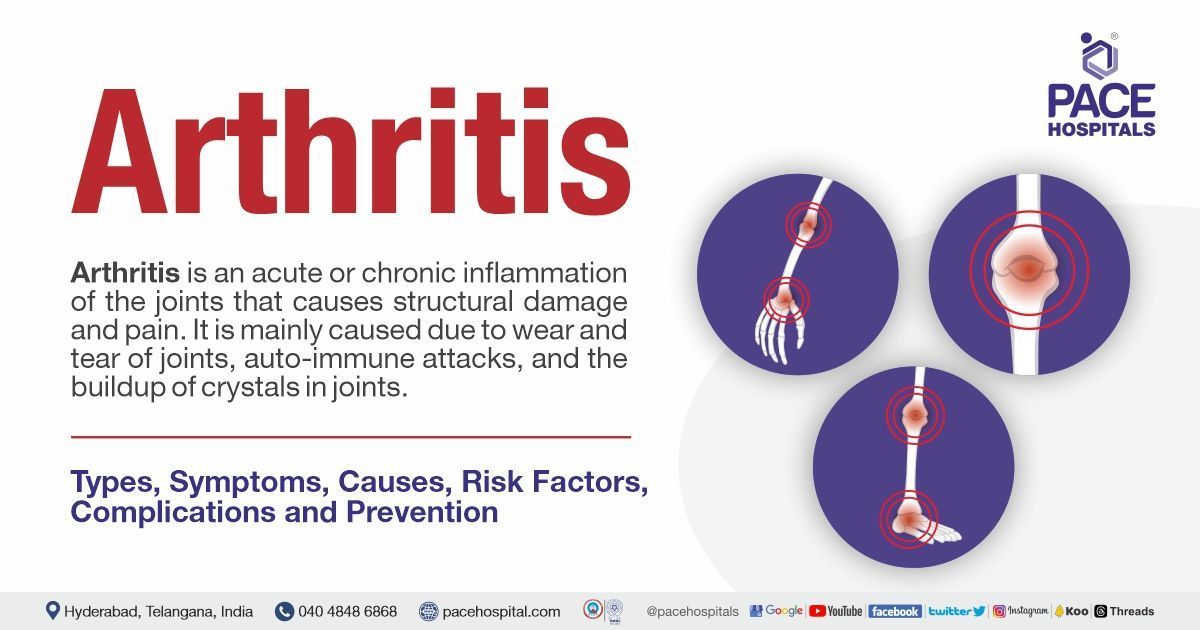
Why choose PACE Hospitals?
- A Multi-Super Speciality Hospital.
- NABH, NABL, NBE & NABH - Nursing Excellence accreditation.
- State-of-the-art Liver and Kidney transplant centre.
- Empanelled with all TPA’s for smooth cashless benefits.
- Centralized HIMS (Hospital Information System).
- Computerized health records available via website.
- Minimum waiting time for Inpatient and Outpatient.
- Round-the-clock guidance from highly qualified orthopedic surgeons, neurosurgeons, pain management specialists & general physicians.
- Standardization of ethical medical care.
- 24X7 Outpatient & Inpatient Pharmacy Services.
- State-of-the-art operation theaters.
- Intensive Care Units (Surgical and Medical) with ISO-9001 accreditation.
Share on
Request an appointment
Fill in the appointment form or call us instantly to book a confirmed appointment with our super specialist at 04048486868

